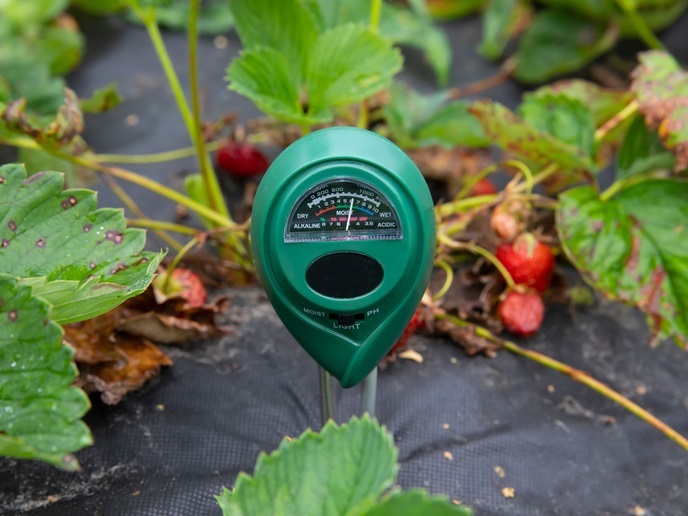Ocean acidification and marine bacteria
The aim of the EU-funded project ACIDIBACLIGHT (Impacts of ocean acidification on bacterioplankton functioning: Effects on proteorhodopsin-containing marine bacteria) was to determine the impact of ocean acidification on communities of marine bacteria found drifting in the water column (bacterioplankton). Researchers were particularly concerned about the effect on bacteria that use light as an energy source by employing proteorhodopsin (PR) photosystems. Project partners studied the performance of PR-containing bacteria by analysing their response under three different sets of conditions. The first was a highly controlled system whereby the physiology of the bacteria was studied using pure cultures. The second was a relatively controlled system that used a mesocosm. This allowed a small part of the natural environment under controlled conditions to be used to study the physiology and diversity of the bacteria. The third set of conditions involved field studies, which enabled in situ analyses of physiology and diversity to be conducted for native bacterioplankton communities. Field samples were collected on a 29-station transect during a research voyage from the eastern Mediterranean to the Canary Islands in the Atlantic Ocean. Samples were taken along an important nutrient and organic matter gradient and at different ocean depths, which were physicochemically different. These samples represented the first quantification of PR under different environmental conditions, and enabled the effect of pH to be studied on these photosystems. By employing three degrees of control, the project was able to provide a unique perspective, thereby improving scientists' ability to accurately predict the consequences of future pH alteration. Researchers used this information to address problems associated with ocean acidification from the organism and ecosystem perspectives at the national and international levels. Results from the highly controlled system showed that acidification could have a negative effect on PR-containing bacteria. This could play a significant role in future predictions of CO2 impacts on the environment as more than 50 % of marine bacteria contain PRs.







